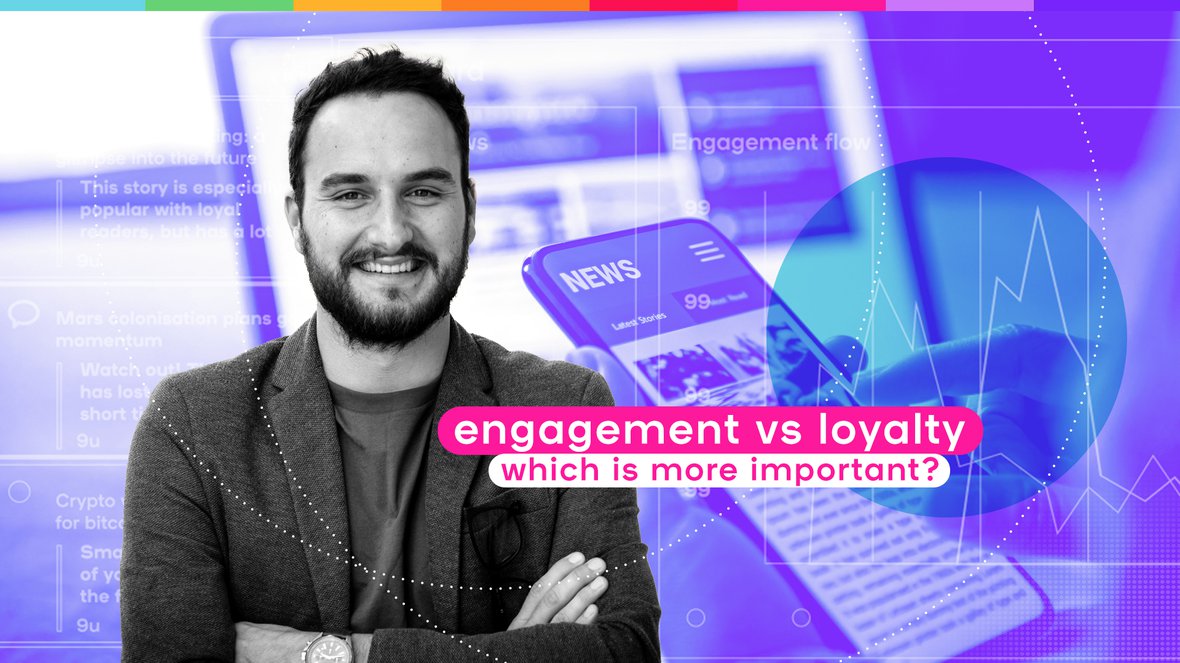More engagement, especially in the era of subscriptions, is something every news publisher is in pursuit of. But ‘engagement’ can mean myriad things, so first off, how do you define it in a way that’s useful, actionable and helpful to your newsroom?
“The era of growing online traffic via social media and Google to news sites is over,” says Miloš Stanić, strategy manager at smartocto. “Publishers want to switch to subscription models, following Netflix and Spotify’s strategy, and bind visitors to them with an associated revenue model.”
Actually for the kind of success news organisations say they’re chasing, they’d often do better to focus on loyalty rather than engagement. More on this later in the piece.
How do you measure engagement?
It’s true: in almost all conversations smartocto has with publishers, the current focus is on engagement.
If you want to understand the quality and degree of audience engagement, the following metrics are almost always available with data and editorial analytics tools, and are a great place to start:
- Scroll depth: How far the user has scrolled through a page. The deeper/further they go, the more interesting that page is deemed to be. Expressed as a percentage.
- Read depth: A more accurate representation of how far a reader has read. At smartocto, for example, read depth blends multiple metrics - such as the number of words in a piece and the average reading speed - to give a score. This results in a percentage for each page (as well as an average) showing how far a reader got through an article.
- Reading time, also known as active time or attention time: The number of seconds a visitor is active on a page.
- Page depth: This is the number of pages a visitor visits during a session. Often expressed as an average, like ‘3.45 pages per session’.
- Reactions: If a page has the option for reactions, the willingness to take the time to respond says quite a lot. Likes, shares, and reactions on social media are also included if they can be linked with the page data.



